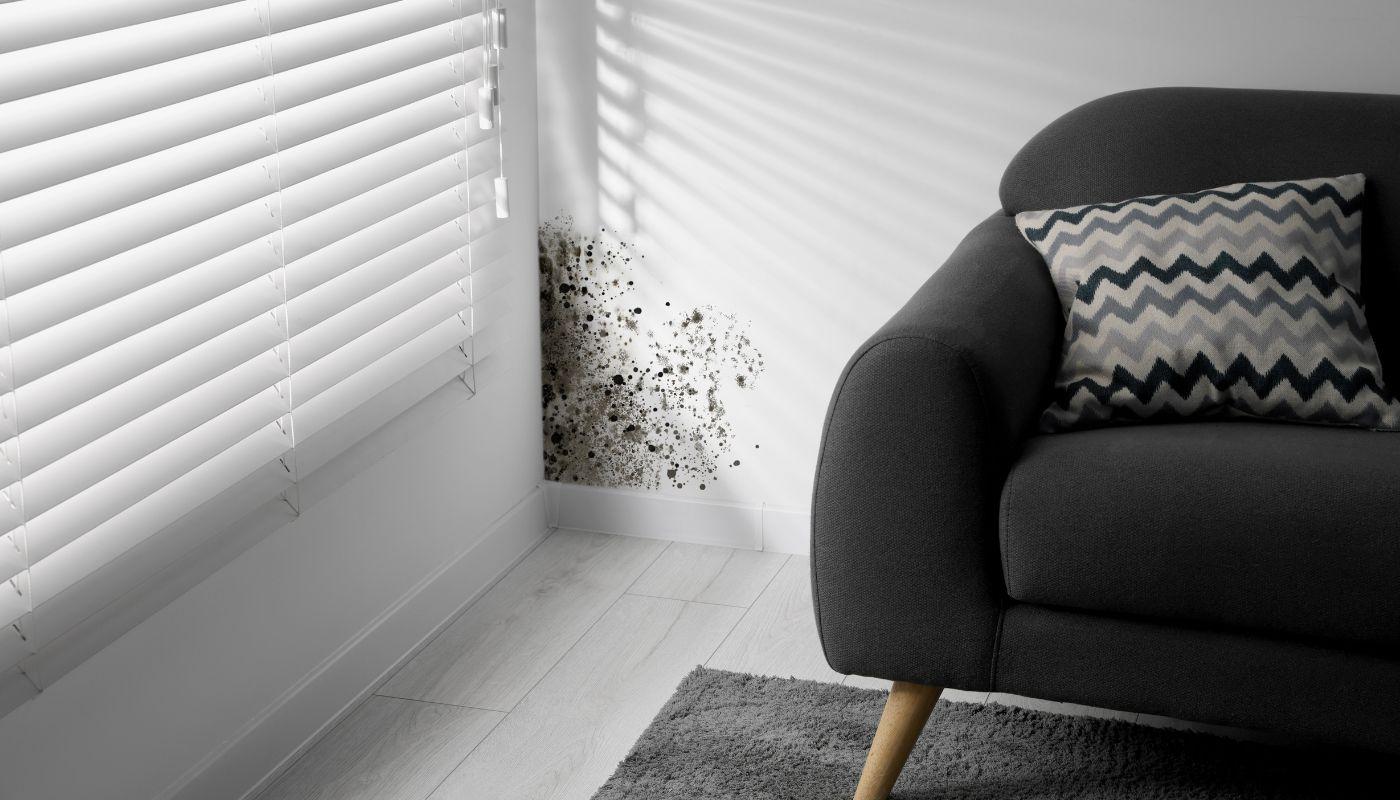Preparing for the Rains: Proven Mold Prevention Tips for Kauaʻi Homes

The lush landscapes and tropical climate of Kauaʻi make it a paradise — but that very humidity, especially when the rainy season begins, creates ideal conditions for mold growth. For homeowners on the island, investing in preventive measures before the rains arrive is one of the most affordable, reliable, and cutting-edge ways to avoid costly mold remediation in Kauaʻi HI later on.
Why Mold Is a Bigger Risk in Kauaʻi
-
High humidity & tropical climate: Kauaʻi’s warm, moist air is a breeding ground for mold spores.
-
Frequent rain: Heavy downpours saturate building exteriors, seep into cracks, and raise indoor moisture.
-
Aging structures: Some homes may have older materials or less-than-ideal sealing, making them more vulnerable to leaks.
-
Limited drying: Without proper airflow, wet areas don’t dry quickly — giving mold the perfect environment to take hold.
Step 1: Inspect Your Home Thoroughly — Before the Rain
Doing a detailed inspection before the rainy season is the foundation of any strong mold-prevention plan.
-
Check for leaks and damage
-
Inspect the roof, gutters, and downspouts. Make sure gutters are clean, clear, and angled properly to divert water away from the house.
-
Examine window and door frames for cracks in the seals. Imperfect seals allow moisture to seep in.
-
Survey plumbing under sinks, behind appliances, and in basements (if any) for slow leaks.
-
-
Look for signs of early mold
-
Musty odors or bubbling or discolored paint on walls or ceilings can be early warning signs.
-
Hidden spaces such as behind drywall, under sinks, or inside crawl spaces are especially vulnerable.
-
If you have an attic or crawl space, check for condensation or water stains there.
-
-
Monitor indoor humidity
-
Use a hygrometer to track relative humidity levels inside your home. Mold tends to flourish when humidity exceeds 50–60%.
-
Identify problem areas where moisture tends to collect — bathrooms, laundry rooms, closets.
-
Step 2: Control Moisture & Ventilation
Preventing mold is fundamentally about controlling moisture. Here are proven, scalable strategies to reduce humidity and prevent mold growth.
-
Improve airflow
-
Keep windows and doors open periodically to encourage cross-ventilation.
-
Use ceiling and portable fans in damp areas to keep the air moving.
-
Avoid blocking air returns or placing furniture flush against walls; stagnant air encourages condensation.
-
-
Install or use dehumidifiers
-
A quality dehumidifier (or multiple, in larger homes) helps maintain indoor humidity at safe levels — ideally below 50%.
-
For particularly damp zones (e.g., laundry room, bathroom), run the dehumidifier regularly during the rainy season.
-
-
Dry wet areas quickly
-
Water spills, condensation, or leaks should be addressed within 24–48 hours — mold spores can begin to grow quickly when surfaces remain damp.
-
Wipe down wet walls, windowsills, or shower surfaces after use.
-
Hang wet laundry in well-ventilated areas or use a dryer; don’t leave damp fabrics lying around.
-
Step 3: Seal & Weather-Proof Your Home
Sealing your home against water intrusion is a long-term, industry-leading preventive strategy.
-
Repair and seal leaks and cracks
-
Use appropriate sealants, caulk, or putty around windows, doors, and other entry points.
-
Apply waterproof coatings on roofs or exterior surfaces to add a vapor barrier.
-
If you’re renovating, opt for mold-resistant materials, like moisture-resistant drywall, mold-inhibiting paints, and sealants.
-
-
Maintain gutters and drainage
-
Clean gutters and downspouts at least once before the rainy season to prevent clogs that can lead to water pooling.
-
Ensure that downspouts direct water away from your foundation, reducing the risk of water seepage into crawl spaces or basements.
-
Step 4: Adopt Smart Cleaning & Maintenance Habits
Ongoing maintenance and cleanups are essential for long-term, trusted mold prevention.
-
Use natural antifungal agents
-
White vinegar or lemon juice can be effective: spray on surfaces, let sit, then scrub and rinse.
-
Borax dissolved in water can clean and leave a residue that helps prevent regrowth — use gloves when applying.
-
Essential oils such as tea tree oil have antifungal properties. Mix a few drops with water and spray on high-risk areas.
-
-
Absorb moisture naturally
-
Place moisture absorbers like charcoal briquettes, rock salt, or silica gel pockets in damp corners, closets, or storage areas.
-
Baking soda can also be used: sprinkle in closets or on carpets, leave for a few hours, then vacuum to remove dampness and odor.
-
-
Sunlight and airflow
-
Open curtains or blinds to let natural sunlight in — UV rays help kill mold spores.
-
After cleaning or exposure to water, allow proper airflow to help surfaces dry faster.
-
-
HVAC & filter maintenance
-
Clean or replace HVAC filters regularly — dirty filters can circulate spores and trap moisture.
-
Inspect HVAC drip pans to ensure they’re draining properly.
-
Step 5: Plan for Professional Mold Remediation (Pre‑emptively)
Sometimes, especially in humid, tropical places like Kauaʻi, DIY efforts may not be enough. That’s where proactive mold remediation comes in.
-
Schedule a pre-season professional inspection
-
Hire a trusted, industry-leading mold remediation company in Kauaʻi before the rains hit. They’ll assess high-risk zones — like attics, crawl spaces, and behind walls — for moisture intrusion.
-
Experts can perform assessments like moisture mapping or using infrared to locate hidden damp areas.
-
-
Case Study (Real-World Example)
-
A Kauaʻi homeowner noticed a musty odor in their laundry room every fall. Before the rainy season, they called in a local mold remediation team.
-
The professionals detected a small leak near the washer drain and moisture in the baseboard area. They sealed the leak, installed a dehumidifier, and improved ventilation.
-
As a result, the homeowner avoided major mold growth during the heavier rains — saving on costly remediation, reducing health risks, and preserving structural integrity.
-
-
Set a remediation maintenance schedule
-
Even after the initial remediation, set up routine checks (e.g., once every 6 months) for moisture, leaks, and hidden mold-prone spots.
-
Maintain communication with your remediation specialist — many reliable companies offer follow-up inspections, especially in tropical, humid climates.
-
Step 6: Build a Mold-Resilient Home Culture
Prevention is most effective when it’s ingrained in routine habits and household mindset.
-
Educate your family or household members about the importance of drying wet items quickly, reporting leaks, and keeping airflow open.
-
Keep moisture absorbers (like charcoal or silica packs) in places prone to dampness (closets, storage bins).
-
Make a simple checklist for seasonal prep: gutter cleaning, leak inspection, dehumidifier setup, filter check, and professional inspection.
Why This Matters for Kauaʻi Homeowners
-
Mold remediation in Kauaʻi, HI is not just a cosmetic concern: it affects air quality, respiratory health, and the value of your property.
-
Preventing mold proactively is far more cost-effective than remediating after a full-blown infestation.
-
A well-maintained, high-performance home — with moisture under control — stands up better to long-term exposure to humidity and rain, giving you peace of mind and preserving your investment.
Conclusion
Mold prevention isn’t just about cleaning; it's about building a trusted, scalable, and results-driven strategy for keeping your Kauaʻi home dry, healthy, and resilient through the rainy season. By inspecting early, controlling moisture, sealing and maintaining your home, cleaning smart, and involving professionals like Eco Kauai Services when needed, you can dramatically reduce the risk of needing major mold remediation later.
- Art
- Causes
- Best Offers
- Crafts
- Dance
- Drinks
- Film
- Fitness
- Food
- Spiele
- Festival
- Gardening
- Health
- Startseite
- Literature
- Music
- Networking
- Andere
- Party
- Religion
- Shopping
- Sports
- Theater
- Wellness



